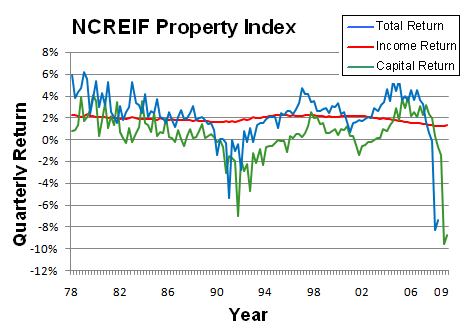Years ago, in my early 20s, I had my first taste of investment success. I wish I could dazzle you with a great story about a goldmine in the jungle or negotiating land rights with warlords… Unfortunately, no. All that would come later.
Rather, my first deal was a set of very plain brick apartments on the wrong side of the railroad tracks. They weren’t very sexy, but I was able to pick them up for pennies on the dollar… and it was a hell of a learning experience.
Over the next several months and years, my property investments grew, until eventually I became a ‘known player’ in my local real estate market. Bankers and developers even started calling me to ask advice or offer deals.
My success was based on developing and sticking to a system for valuing real estate transactions based on three methods– comparative market value, “replacement cost,” and income.
I actually use these same three approaches today to value companies as I run around the world in search of exciting business and investment opportunities.
Of the three approaches, the most important one to me was the income valuation… to me, an investment property was literally worthless if it didn’t cash flow enough to cover the debt service– I would have been better off stashing my money under the mattress.
Consider the residential investment property market. The formula is quite simple: landlord owns property, landlord leases property to tenant, tenant pays landlord, landlord covers all expenses from the rent and pockets the rest.
A landlord’s key operating expenses are property management service, maintenance, taxes/dues, insurance, and any utilities paid. On top of this the landlord must service any mortgage debt.
If the rental income exceeds the operating and interest expenses, the property is cash flow positive, and the landlord is happy.
If the expenses exceed the rent, however, then the landlord has a problem and must feed the property. Naturally, a landlord can only afford to do this for so long before s/he runs out of money.
This is a similar situation to many start-up businesses that are unprofitable for the first several years of operation; obviously the owners expect the business to eventually turn a profit so that they can recoup their initial investment.
Businesses, however, often have exponential revenue growth potential that can make up for early losses. Investment properties do not; a landlord can only increase rents at a low, linear rate.
Thus, an investment property must have some mechanism for the owners to turn a profit, especially if the property is cash flow negative. Most landlords expect that the appreciation in the property’s value will bridge this cash flow gap.
For example, if a property fetches $20,000 in rent annually, yet costs $35,000 in annual expenses and interest, an investor would have to be crazy to buy this property… unless, of course, s/he believed that the property would appreciate by at least $15,000 annually.
This price appreciation, in theory, would cover the cash flow shortfall. But it is based entirely on expectation.
When property markets are in a bubble, the cash flow gap of investment property is enormous, i.e. rents are miniscule compared to the cost of maintaining the property and servicing the debt. This is because buyers have an expectation that properties will increase in value, and the increase will more than make up for the negative cash flow.
You’ve seen it happen– real estate agents, TV infomercials, etc. all urge buyers to run out and make their real estate millions. People begin to make irrational financial decisions based solely on the expectation that property values would increase, and increase big.
Even the banks believed it– they wrote trillions of dollars of no-doc, zero-down loans based solely on the premise that the US real estate would increase substantially in value, cash flow be damned. We all know what happened next.
In the long-run, the natural, steady state of a real estate market should be cash flow neutral; cash flow positive properties will be bid up by investors, and prices of cash flow negative properties will fall from lack of demand.
This is exactly what is happening in the United States, as well as many other world property markets right now. Eventually, once the negative cash flow gap had become too wide, the bubble burst.
 NCREIF chart of property returns
NCREIF chart of property returnsThe formula starts with RENT– annual rent must cover debt service and operating expenses in order for a property to break even; and in order to find a tenant who is able to pay, rents must be affordable. Affordability, as we know, is directly proportional to the health of the economy.
This is one of the key metrics that I use to evaluate property markets around the world. In the United States, I still see many local markets where rental yields do not support property prices. Consequently, I believe that US housing prices still have room to fall.
With this is in mind, I will start reporting on rental yields of local property markets as I travel to give you a better idea of which countries present the best real estate investment opportunities.







